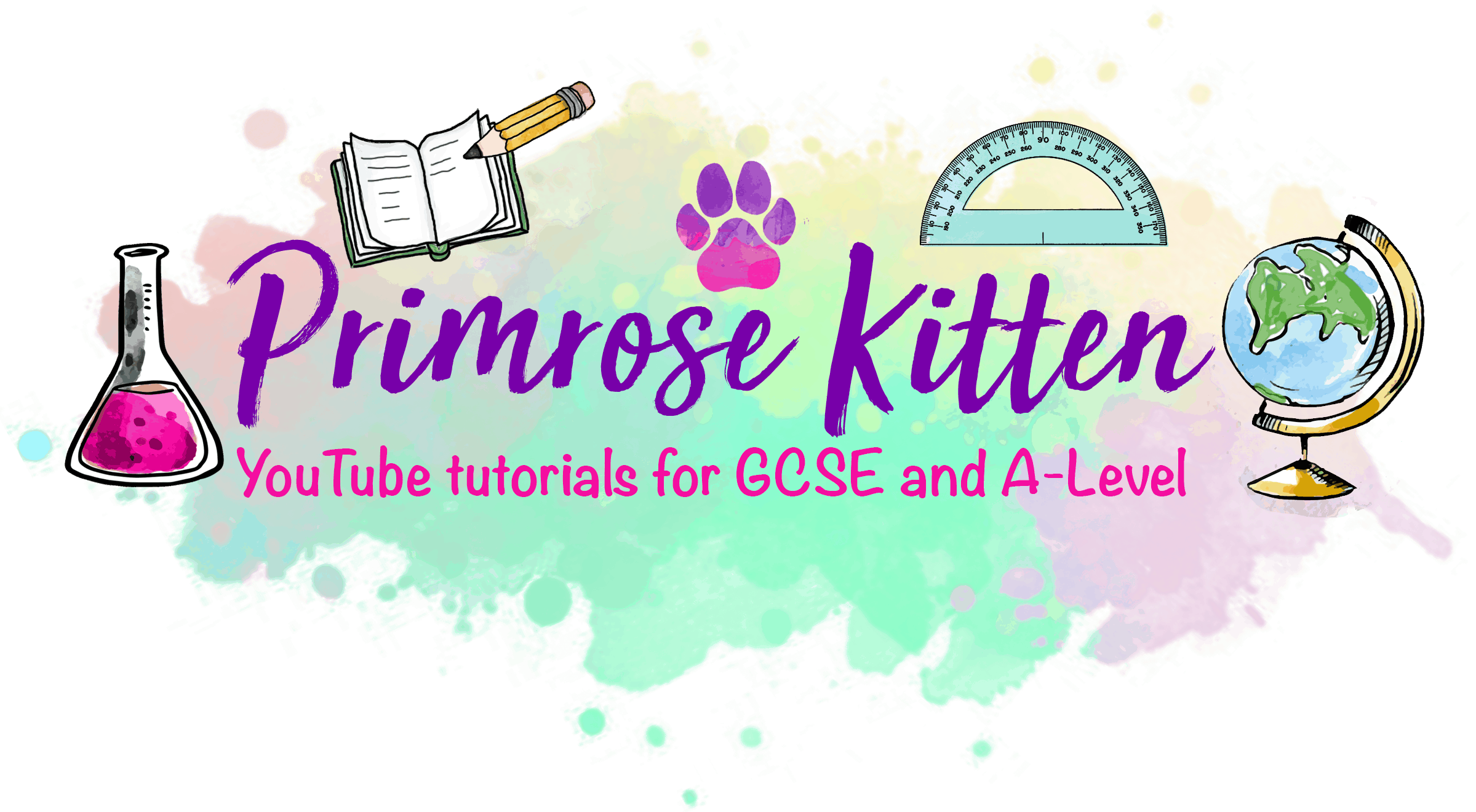GCSE Chemistry – Reversible reactions and equilibrium
Learning Objectives
-I can use symbols to represent a reversible reaction
-I can describe what happens to ammonium chloride upon heating and cooling
-I can describe what happens to the energy in a reversible reaction, where one direction is exothermic and the other endothermic
-I can define the term dynamic equilibrium
Quiz Summary
0 of 30 Questions completed
Questions:
Information
You have already completed the quiz before. Hence you can not start it again.
Quiz is loading…
You must sign in or sign up to start the quiz.
You must first complete the following:
Results
Results
0 of 30 Questions answered correctly
Your time:
Time has elapsed
You have reached 0 of 0 point(s), (0)
Earned Point(s): 0 of 0, (0)
0 Essay(s) Pending (Possible Point(s): 0)
| Average score |
|
| Your score |
|
Categories
- Not categorized 0%
- 1
- 2
- 3
- 4
- 5
- 6
- 7
- 8
- 9
- 10
- 11
- 12
- 13
- 14
- 15
- 16
- 17
- 18
- 19
- 20
- 21
- 22
- 23
- 24
- 25
- 26
- 27
- 28
- 29
- 30
- Current
- Review
- Answered
- Correct
- Incorrect
-
Question 1 of 30
1. Question
What is the definition of a reversible reaction?
CorrectIncorrect -
Question 2 of 30
2. Question
What is the definition of an irreversible reaction?
CorrectIncorrect -
Question 3 of 30
3. Question
What arrow is used to signify a reversible reaction?
CorrectIncorrect -
Question 4 of 30
4. Question
What arrow is used to signify an irreversible reaction?
CorrectIncorrect -
Question 5 of 30
5. Question
Which of the following statements is true?
CorrectIncorrect -
Question 6 of 30
6. Question
What type of compound is ammonium chloride?
CorrectIncorrect -
Question 7 of 30
7. Question
What happens to ammonium chloride when heated?
CorrectIncorrect -
Question 8 of 30
8. Question
What colour is ammonium chloride?
CorrectIncorrect -
Question 9 of 30
9. Question
What type of reaction takes place when you heat ammonium chloride?
CorrectIncorrect -
Question 10 of 30
10. Question
What type of reaction takes place when you heat ammonium chloride?
CorrectIncorrect -
Question 11 of 30
11. Question
What product is formed during the heating of ammonium chloride?
CorrectIncorrect -
Question 12 of 30
12. Question
What product is formed during the heating of ammonium chloride?
CorrectIncorrect -
Question 13 of 30
13. Question
What product is formed during the reverse reaction of the thermal decomposition of ammonium chloride?
CorrectIncorrect -
Question 14 of 30
14. Question
What type of compound is the ammonia produced in the decomposition of ammonium chloride?
CorrectIncorrect -
Question 15 of 30
15. Question
What type of compound is the hydrochloric acid produced in the decomposition of ammonium chloride?
CorrectIncorrect -
Question 16 of 30
16. Question
Write the equation for the decomposition of ammonium chloride.
CorrectIncorrect -
Question 17 of 30
17. Question
Write the backwards equation for the decomposition of ammonium chloride.
CorrectIncorrect -
Question 18 of 30
18. Question
Write the equation, as a reversible one, for the decomposition of ammonium chloride.
CorrectIncorrect -
Question 19 of 30
19. Question
A reversible reaction has an exothermic backward reaction, what energy change will take place for the forward reaction?
CorrectIncorrect -
Question 20 of 30
20. Question
A reversible reaction has an endothermic backward reaction, what energy change will take place for the forward reaction?
CorrectIncorrect -
Question 21 of 30
21. Question
What is the definition of a closed system?
CorrectIncorrect -
Question 22 of 30
22. Question
What is the definition of dynamic equilibrium?
CorrectIncorrect -
Question 23 of 30
23. Question
A reversible reaction has an exothermic forward reaction, what will its backward reaction be?
CorrectIncorrect -
Question 24 of 30
24. Question
A reversible reaction has an endothermic forward reaction, what will its backward reaction be?
CorrectIncorrect -
Question 25 of 30
25. Question
A reversible reaction has an exothermic forward reaction, what energy change will take place?
CorrectIncorrect -
Question 26 of 30
26. Question
A reversible reaction has an endothermic forward reaction, what energy change will take place?
CorrectIncorrect -
Question 27 of 30
27. Question
A reversible reaction has an exothermic backward reaction, what energy change will take place?
CorrectIncorrect -
Question 28 of 30
28. Question
A reversible reaction has an endothermic backward reaction, what energy change will take place?
CorrectIncorrect -
Question 29 of 30
29. Question
A reversible reaction has an exothermic forward reaction, what energy change will take place for the backward reaction?
CorrectIncorrect -
Question 30 of 30
30. Question
A reversible reaction has an endothermic forward reaction, what energy change will take place for the backward reaction?
CorrectIncorrect

